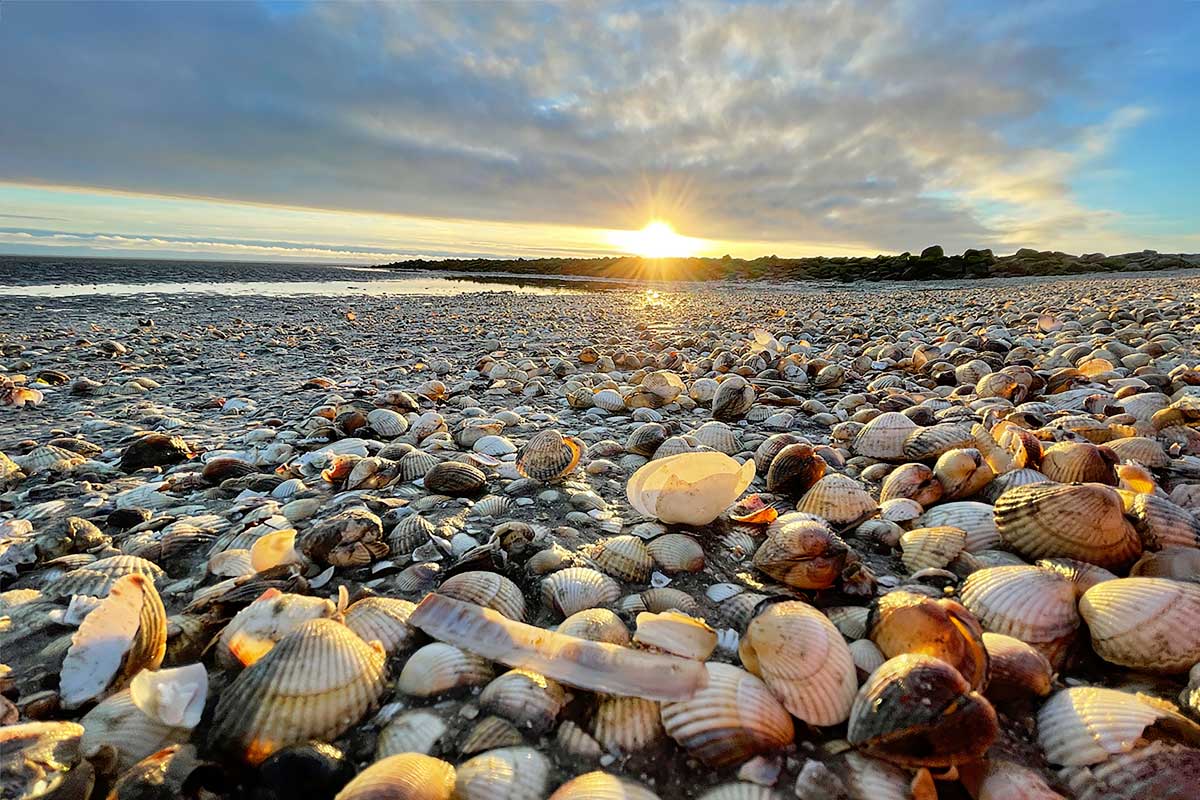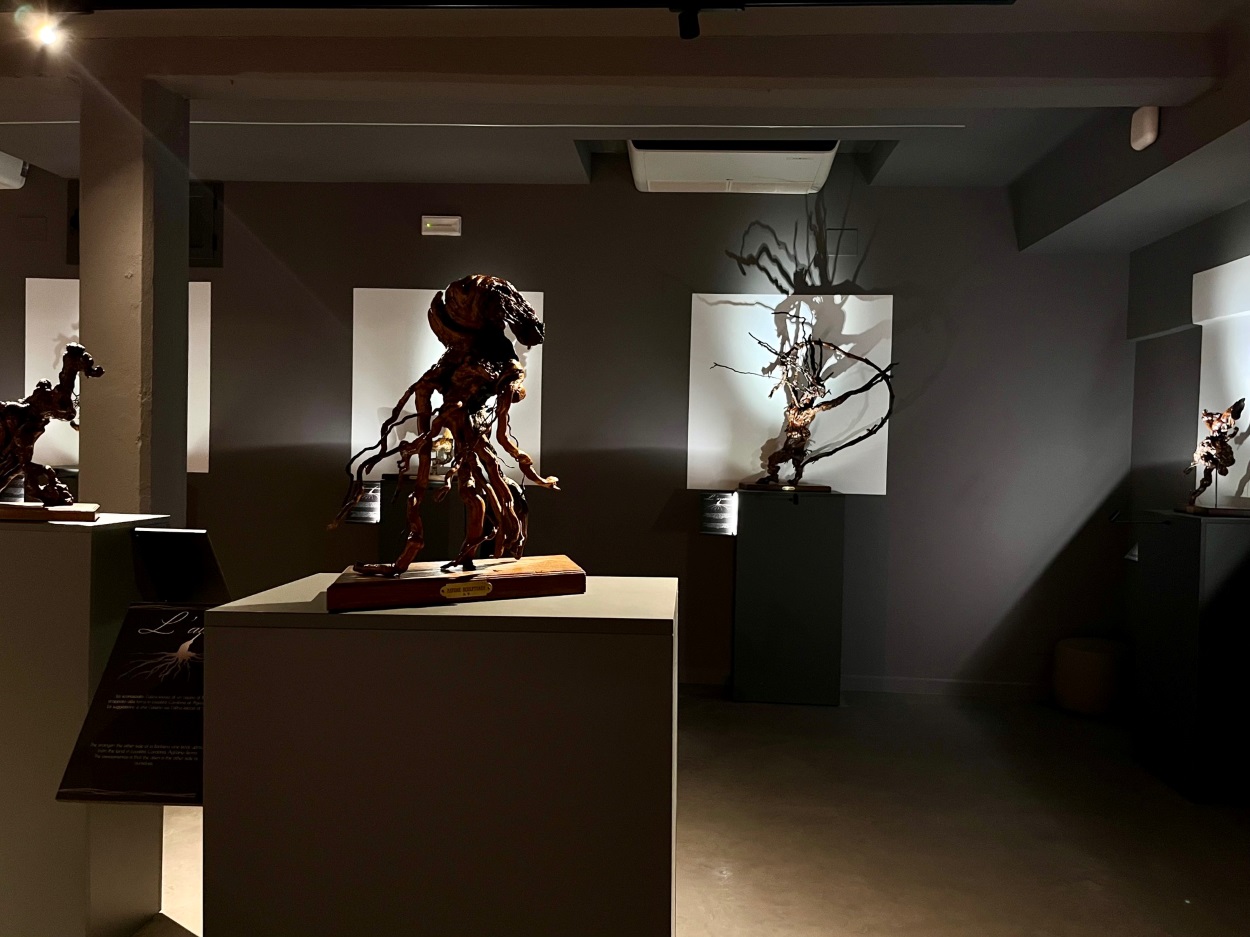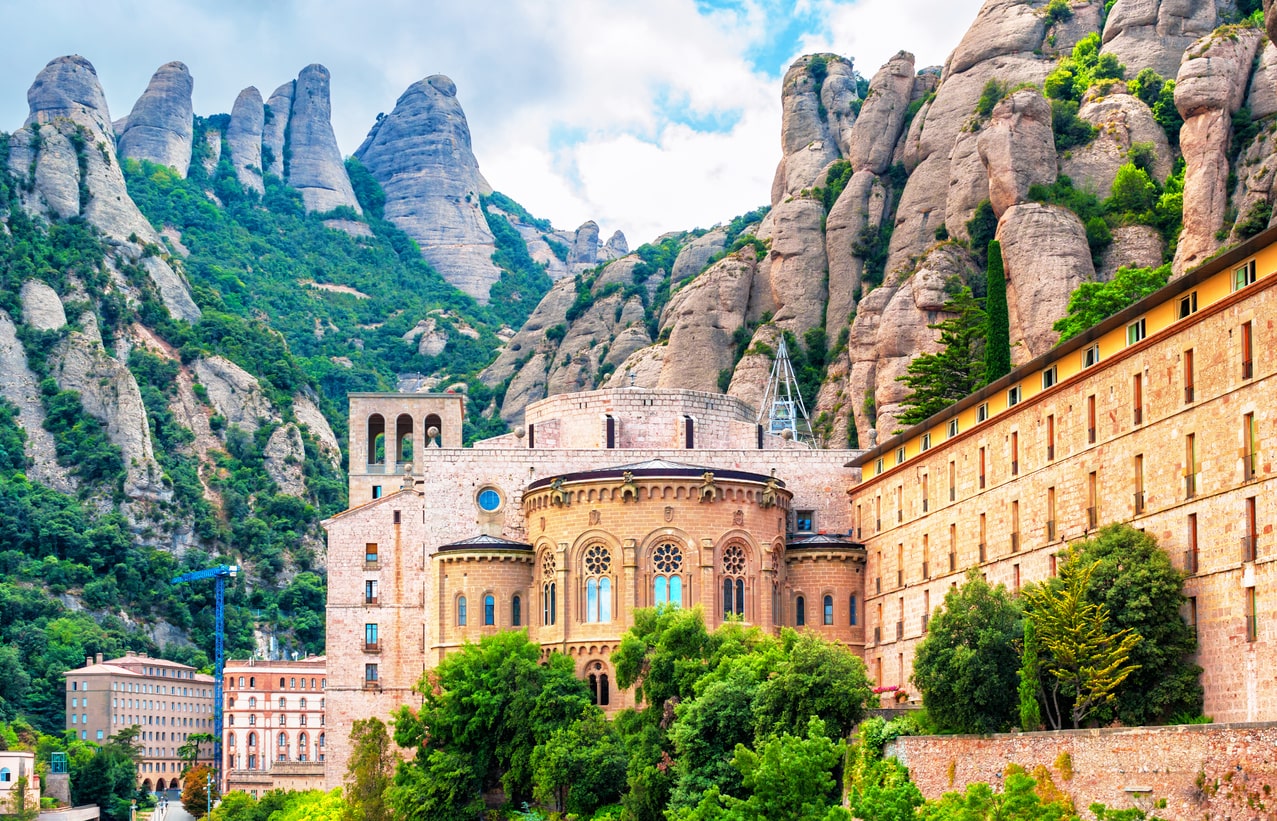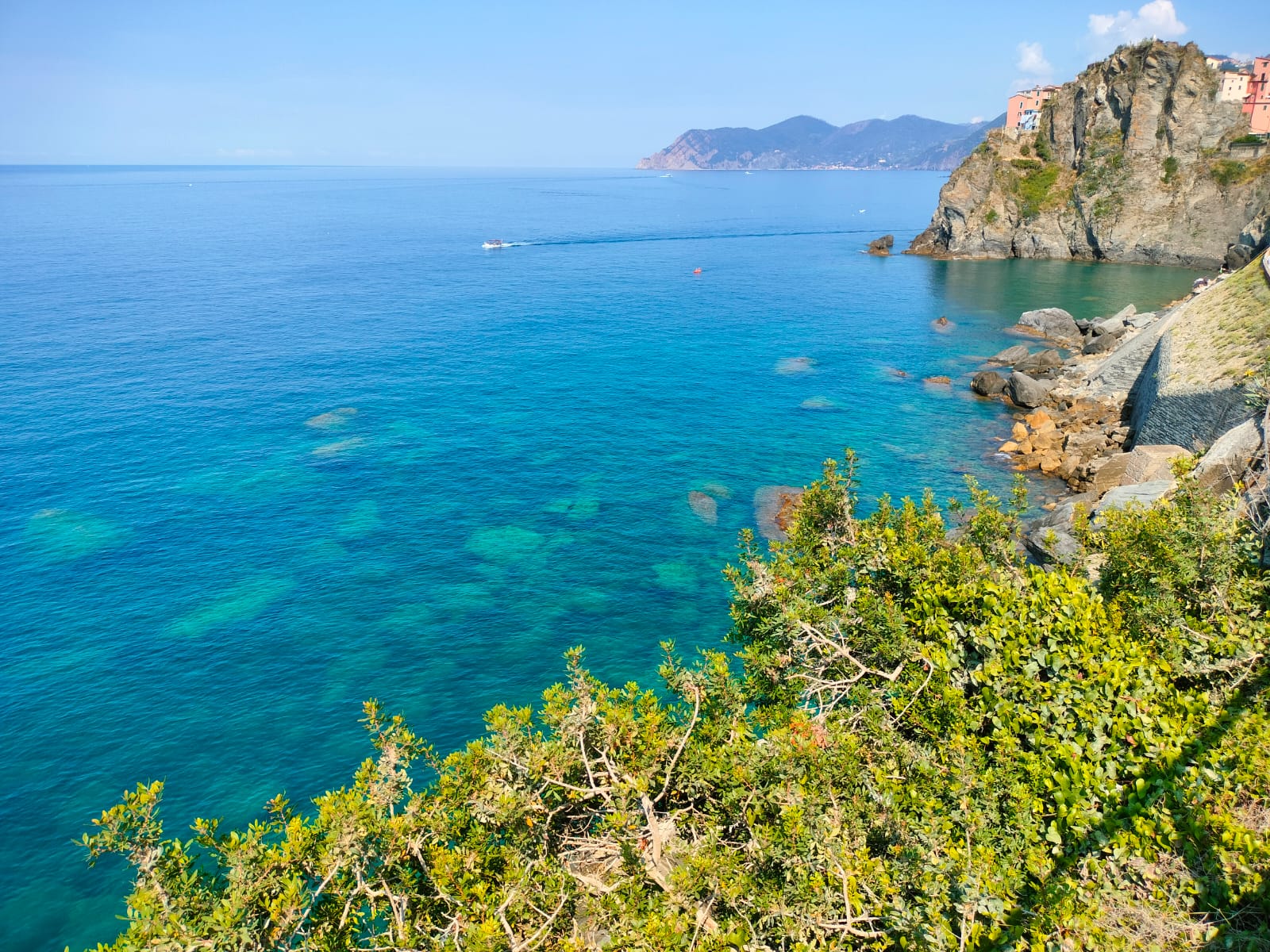THE Mediterranean Sea It is a treasure trove of biodiversity: although it covers less than 1% of the planet's surface, it is home to up to 17% of the Earth's marine species. To appreciate this enormous wealth, it is not necessary to be an expert diver, but it is enough to pay attention to the organisms present on our beaches.
Shells and marine plants, many species on the seaside
Indeed, along the coast, it is not uncommon to find shells of all shapes and sizes. Among the most beautiful, we find that of Murexused since ancient times to dye fabrics purple. The mollusk produces a small amount of pigment, so precious that the Greeks and Phoenicians only used it to color the fabrics of royal families.
Continuing to observe the coast you can also discover other curiosities, such as the shells of clams And clams stranded which often have a small hole at the top of the valve. The presence of this valve is due to the action of sea buttanother mollusk with a snail shell capable of corroding shells to suck prey inside, leaving the characteristic circular hole.
In shallow waters you can also find beautiful ones. starfishanimals that have the incredible ability to regenerate entire body parts from a single fragment. Many species that live in our sea can have bright colors that are just as bright as those of tropical species.


The plant component also hides some notable secrets. If you notice balls of felt-like consistency on the beach, you are probably dealing with egagropilesthat is, small spheres made up of the fibrous residues of a marine plant of fundamental importance for the ecosystems of the Mediterranean: the Oceanic Posidonia. This plant forms real submerged meadows that produce oxygen, cushion the movement of the waves and provide shelter to hundreds of marine species. These areas, among the most productive in our sea, are fundamental for marine life and must therefore be protected.


Protected areas, a resource for protecting the sea
The best tool we have to protect this wealth is the Marine Protected Areas (MPAs)areas where the sea can regenerate and regain its health. It is precisely for this reason The rise of the worlda non-profit organization that has been working for over a decade for the effective conservation of Italian seas, has created 30x30Italyan alliance created to facilitate the protection of 30% of the seas by 2030, in line with international guidelines. This goal is ambitious but more necessary than ever because the health of the sea depends on us, just as our health is directly linked to that of the ocean.



